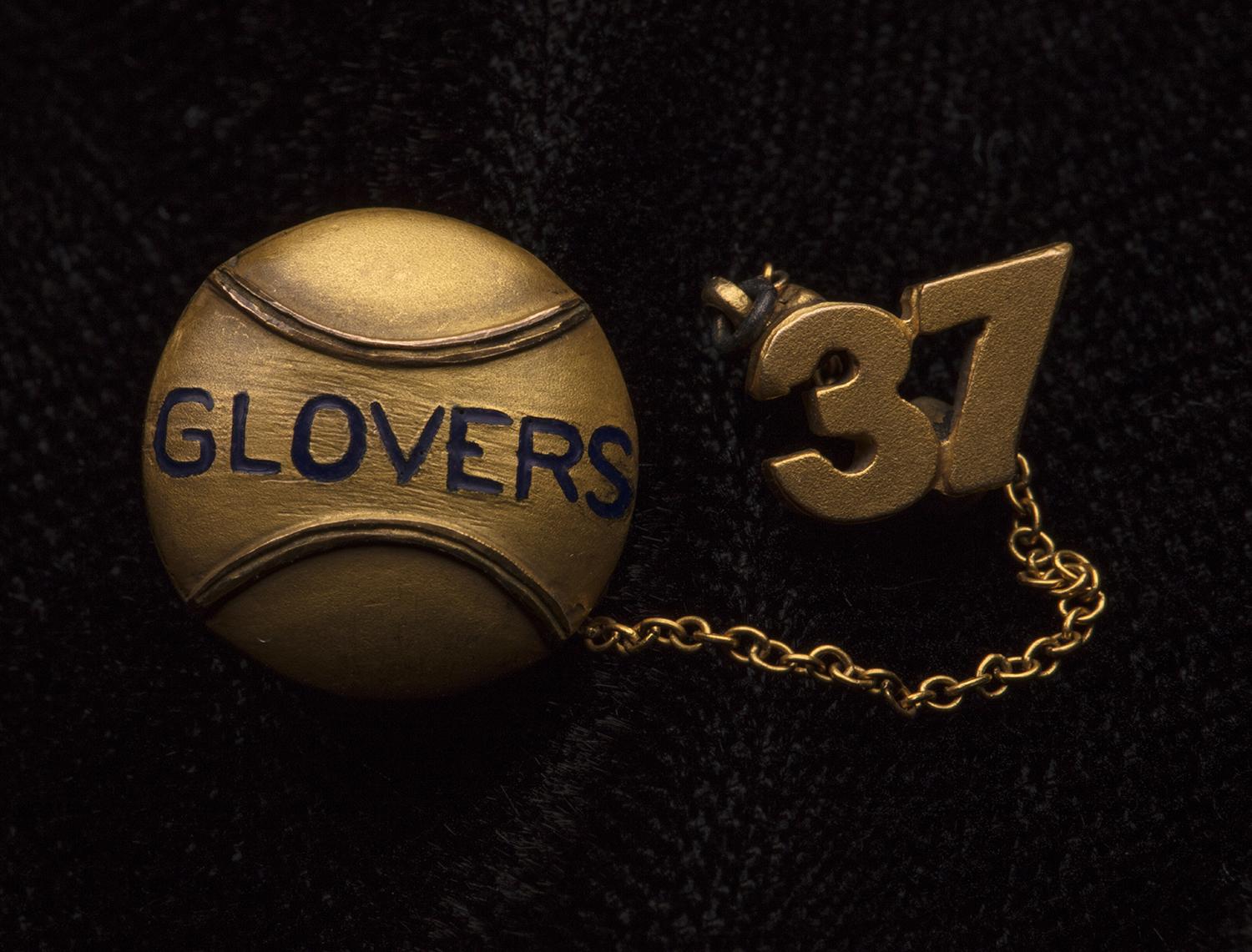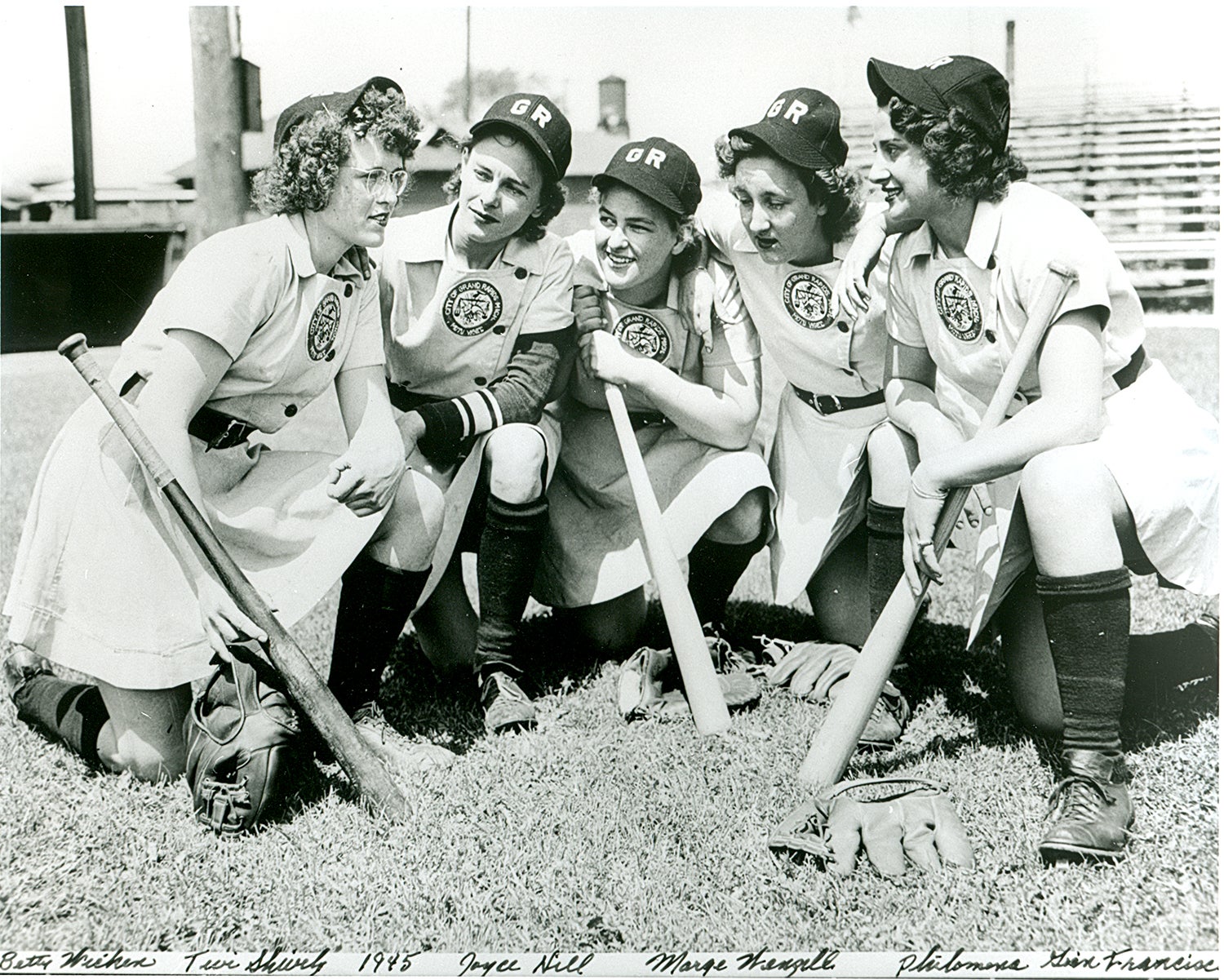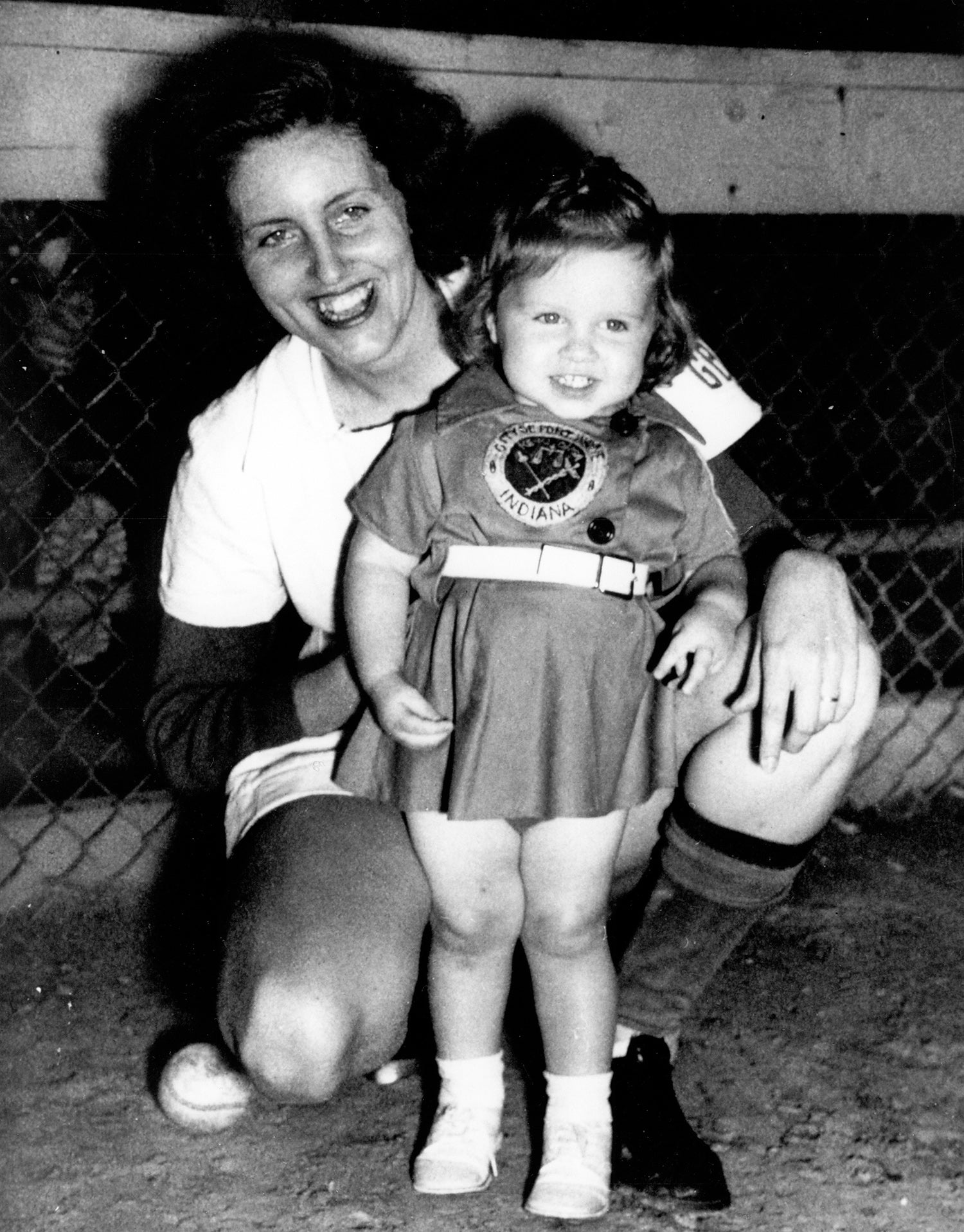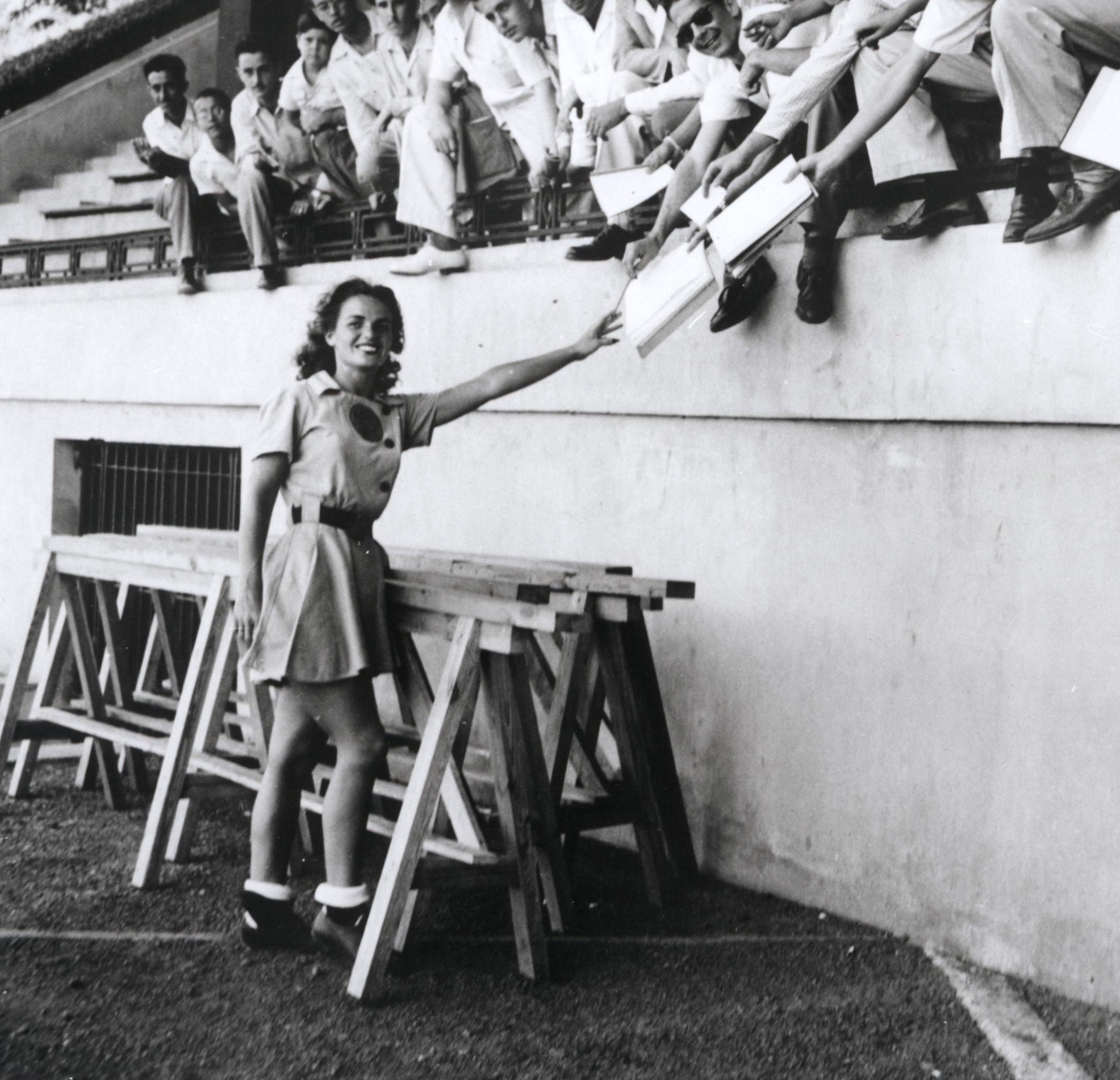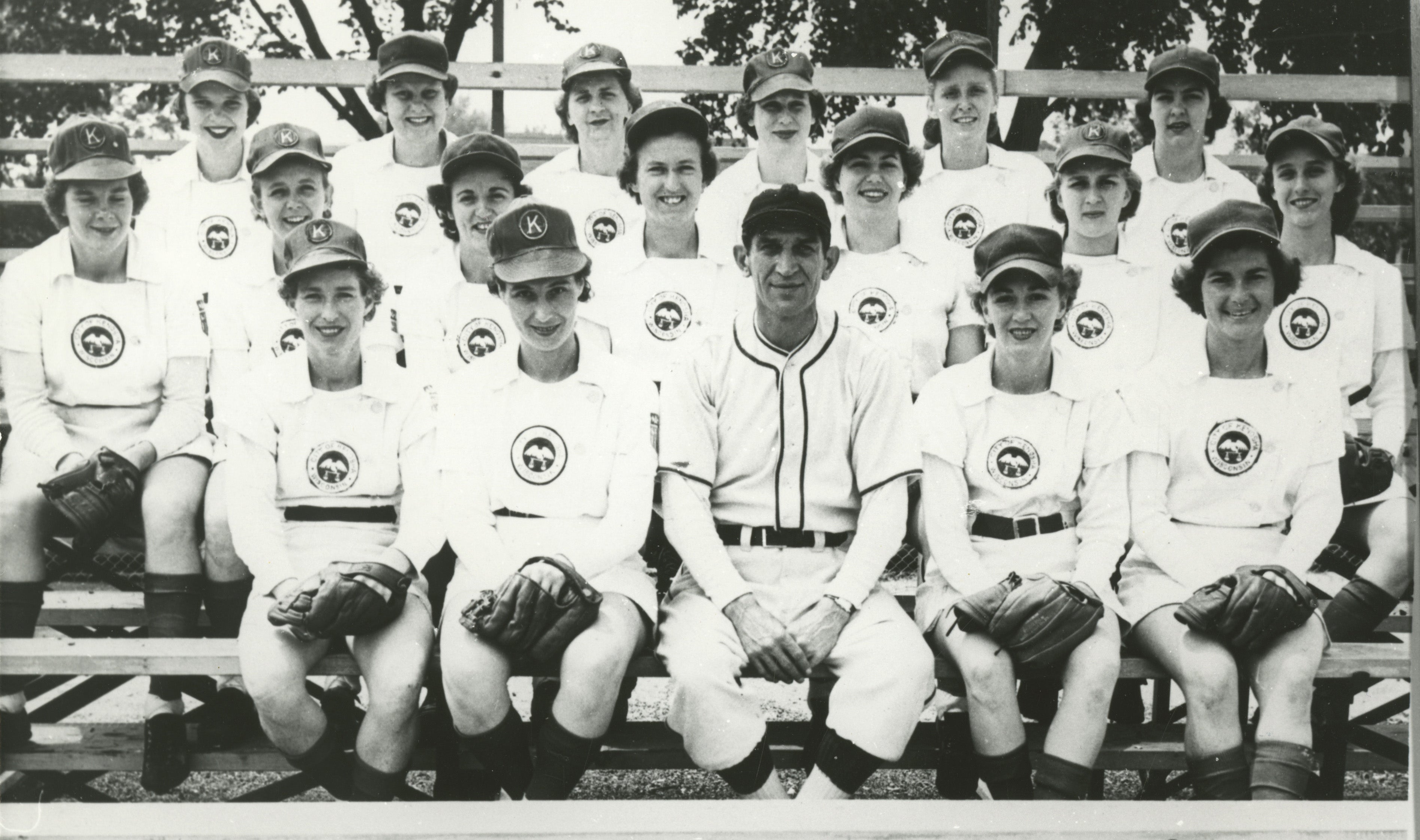- Home
- Our Stories
- #Shortstops: The Glovers and industrial league baseball
#Shortstops: The Glovers and industrial league baseball
Tucked on the edge of the Mississippi River, between the cities of Hannibal and St. Louis, lies the city of Louisiana, Mo. During the 1800s and 1900s, the town of Louisiana’s riverfront location and, later, railroad access, made it a manufacturing hub with factories that produced tools, gloves, buttons, and tobacco. As communities grew up around these factories, so did social activities.
And a community with at least one of these factories, like so many others throughout the country, established a women’s baseball team for its employees.
Wells Lamont is a glove company founded in 1905 in Aberdeen, S.D. In 1916, it outgrew its location and moved to Minneapolis, Minn. It was probably around that time that they opened their factory in Louisiana, Mo. A recent donation to the National Baseball Hall of Fame Photo Archives contained a 1937 team photograph and a pin from the Wells Lamont women’s baseball team, the Glovers.
Although it is unclear if there was an established amateur industrial league in the area, it is likely based on similar leagues throughout the country. Teams developed in major cities like Chicago and Philadelphia. And, in Duluth, Minn., a city relatively close to the Minneapolis headquarters of Wells Lamont, an industrial women’s baseball league was established in 1919 with eight teams from local businesses.
Available information about the Wells Lamont team itself is limited, but a fair amount is known about one of the team players. Third from the left, in the back row of this photograph, is a woman named Nora Welsh who was staying with her step-sister, Edith, in Louisiana, Mo., and working at the glove factory. Welsh would not pursue a career in baseball with the All American Girls Professional Baseball League (AAGPBL), an organization that formed six years later in 1943, but her participation in the sport deeply impacted her life. A gentleman named Harold “Bud” Godwin, who was a coach for an opposing team, saw Welsh play – and they were married in 1938.
Relatively little is known about the women's industrial leagues from the first half of the 20th century. But it is clear from personal stories like this one that baseball played an important role in the lives of everyday men and women.
Kelli Bogan was the Manager of the Photo Archive at the National Baseball Hall of Fame and Museum

